CARBIDE COMPONENTS MANUFACTURED PRECISELY
CUSTOM MADE TO ORDER FROM BAUCOR

CARBIDE COMPONENTS MANUFACTURED PRECISELY
CUSTOM MADE TO ORDER FROM BAUCOR
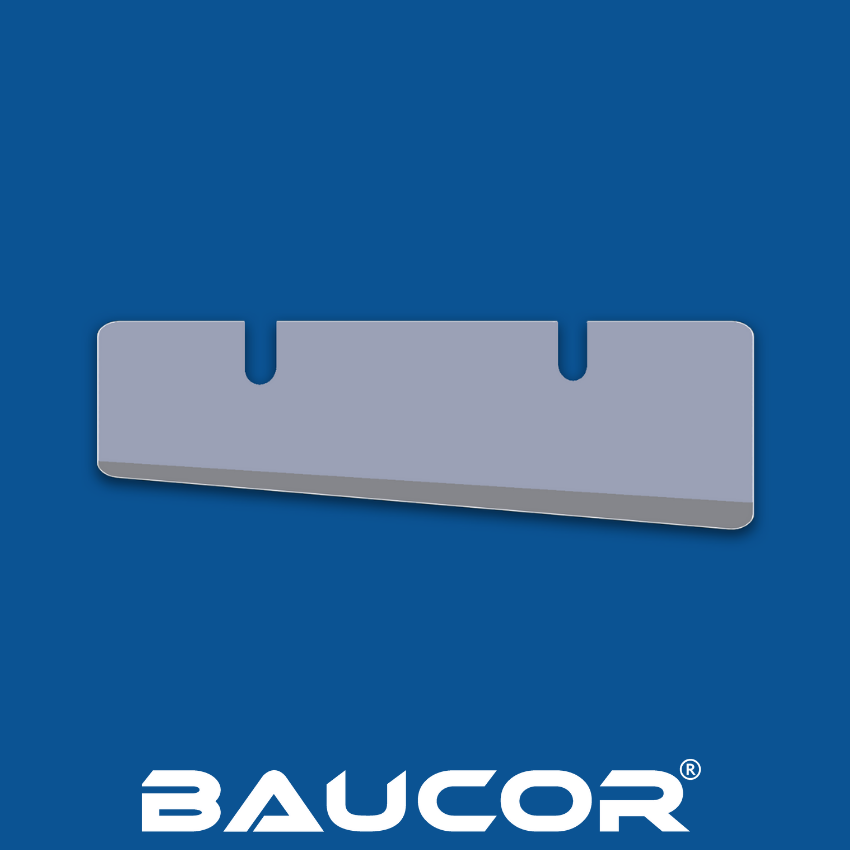
Carbide components and tools are made from a combination of tungsten carbide and cobalt, making them more rigid and durable than traditional steel components. They are ideal for cutting through hard materials such as metal, ceramics, and even concrete.
They are commonly used in circular, band, and table saws. Carbide blades are more expensive than traditional steel blades, but they last much longer and withstand more wear and tear.
Baucor manufactures and supplies both standard and custom size solid Carbide blades, knives, tools, and components for all kinds of use, regardless of its industry or application. Our carbide knives are made from a wide variety of carbide grades including C10, C30, C40 and so on. We are highly specialized in manufacturing custom carbide knives in circular, straight and even odd shapes per sample and drawing. If you need your carbide knives manufactured to your exact requirements, please contact us now.




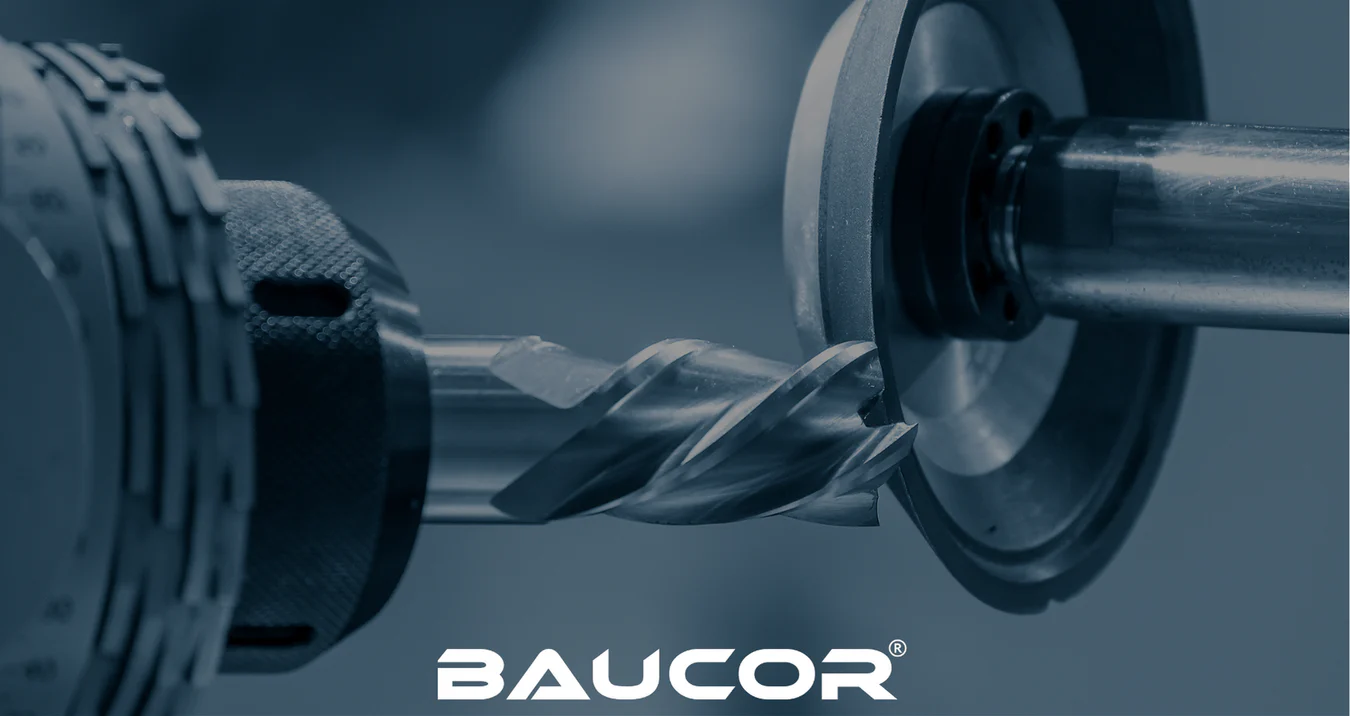
From prototyping to high volume production, BAUCOR® provides highest quality technical expertise and capabilities in manufacturing your cutting tools.

BAUCOR® is highly specialized in manufacturing custom industrial blades. If you need your knives manufactured to your exact requirements, please contact us now.
Many standard carbide knives and carbide blades are available from stock and can be shipped out to our customers worldwide. If you have a drawing, sketch or written specifications for the blade you need, please contact us now for a quick quote on the blade that you need.
We manufacture carbide inlay blades and carbide tipped knives based on our customers' specs. If you have a drawing, sketch or written specifications for the carbide knives and carbide tipped blades you need, please contact us now for a quick quote on the blade that you need.

Small or large, BAUCOR® manufactures all types and shapes of precision circular blades in nearly all materials available in the market.

Whether it is 5mm or 2500mm long, BAUCOR® has the right capacity and advanced capabilities to manufacture precision industrial blades.

Did you know that BAUCOR® has manufactured tens of thousands of precision punch blades? Get your quote today!

Manufacturing custom industrial blades is no easy task that anyone can handle. That's why BAUCOR® is here to help!
There are many advantages of using carbide components:
Carbide blades, tools, and components are made from a rigid material called carbide. Carbide is a compound made up of carbon and other chemical element, such as tungsten, titanium, or cobalt. The manufacturing process includes:

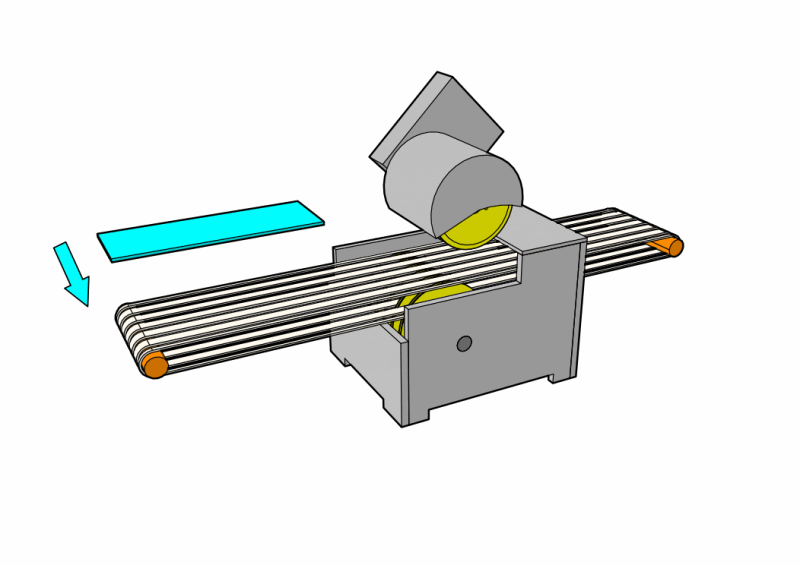

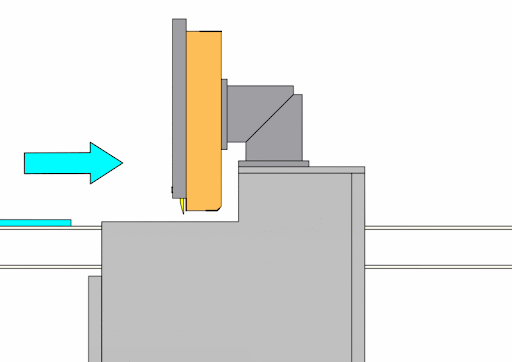

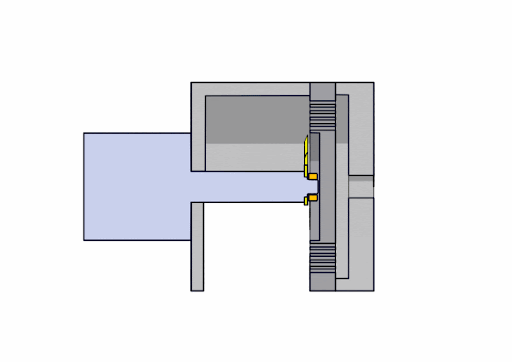
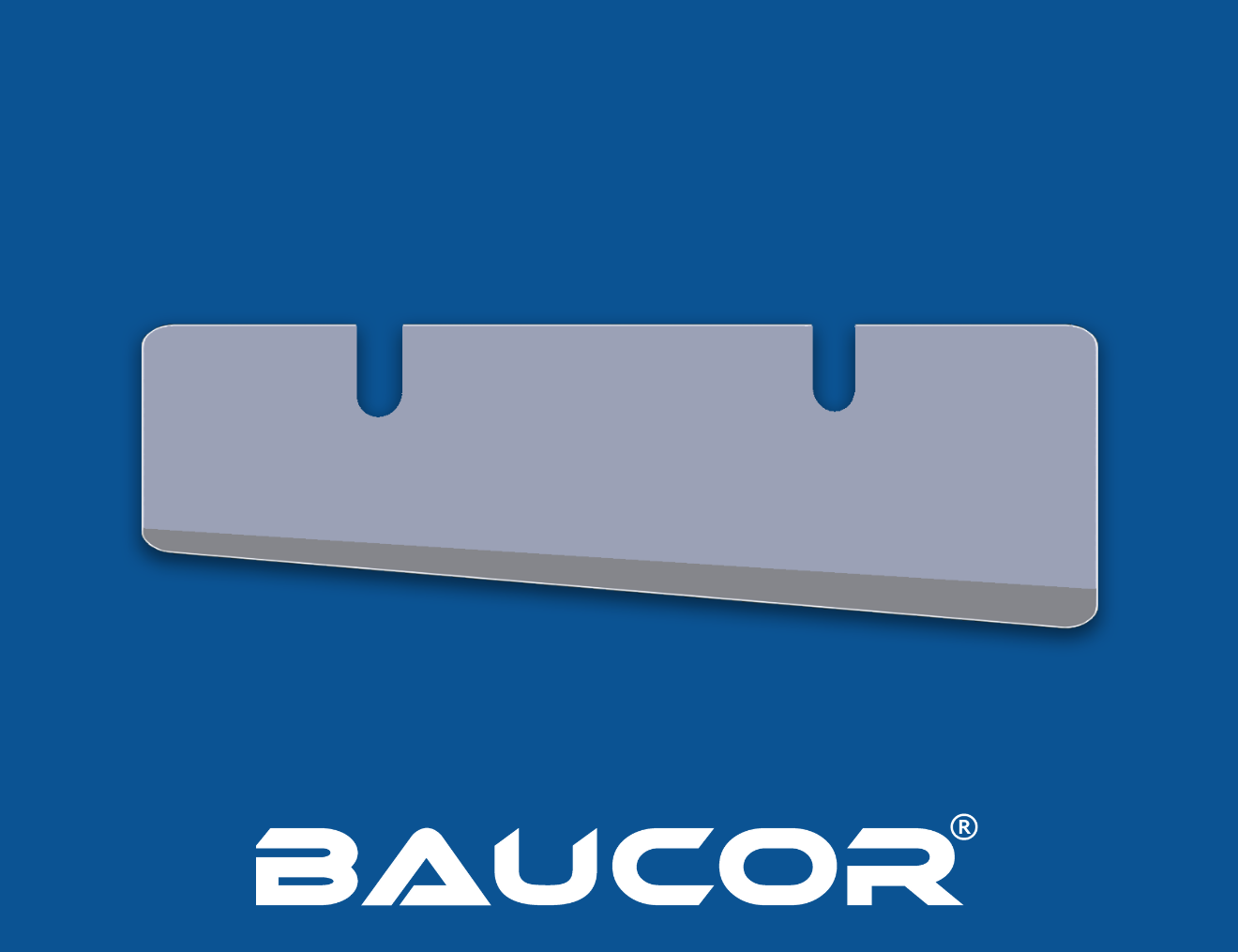
BAUCOR® manufactures razor and straight blades as small as 5mm and as large as 2500mm.

Punch blades must be made to exact specs. Turn to BAUCOR® just like thousands of customers around the world.

Whether you need circular slitter blades or flat slitter blades, BAUCOR® is here to turn your design into precision part.

BAUCOR® manufactures precision top quality toothed blades in all shapes and form.

Need to make a slit or cut through your material as precise as possible? BAUCOR® pointed blades are of highest quality in the market.

Top and bottom shear and slitter blades from BAUCOR®.

American or European style! BAUCOR® has the correct holder for you!